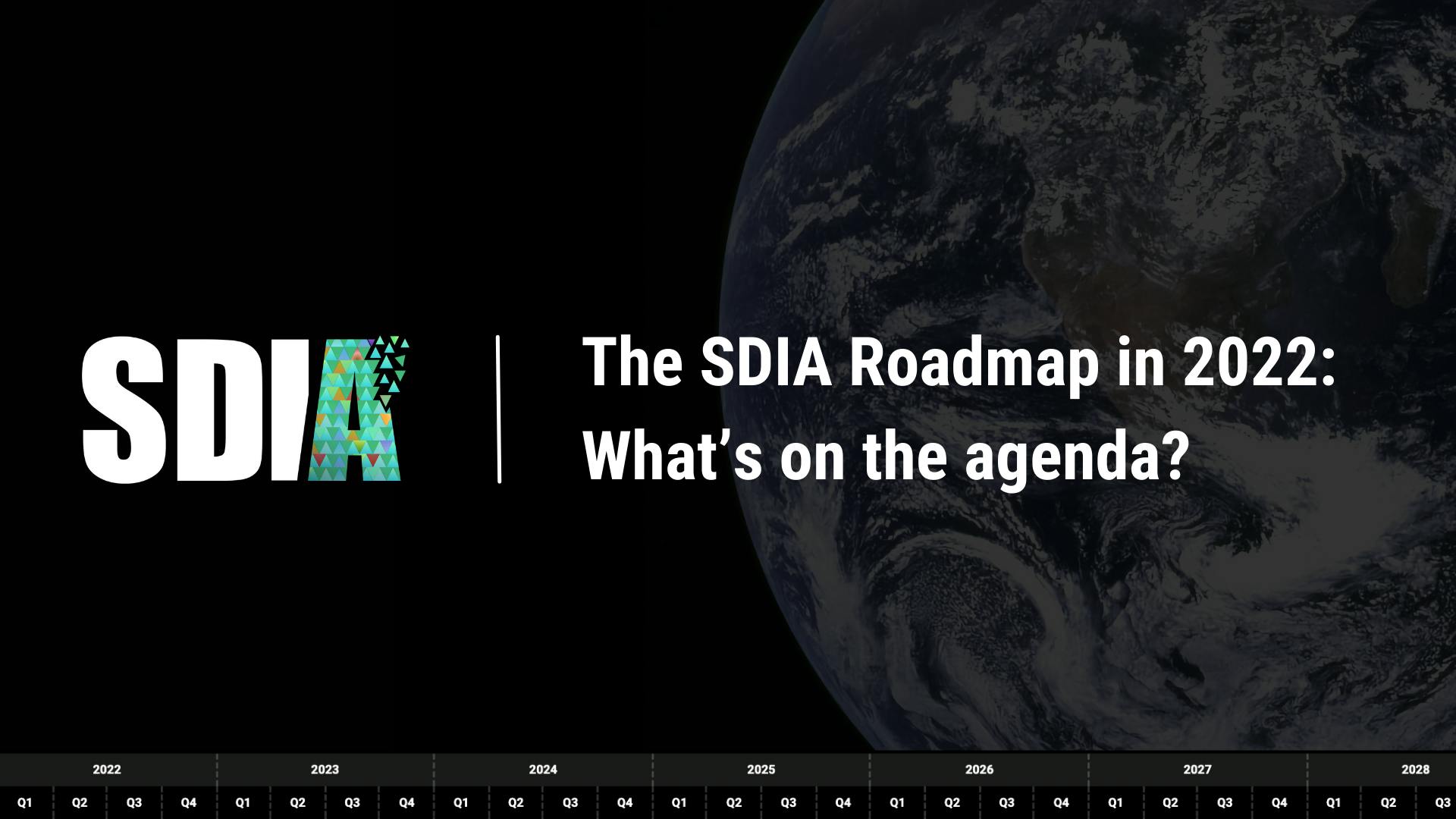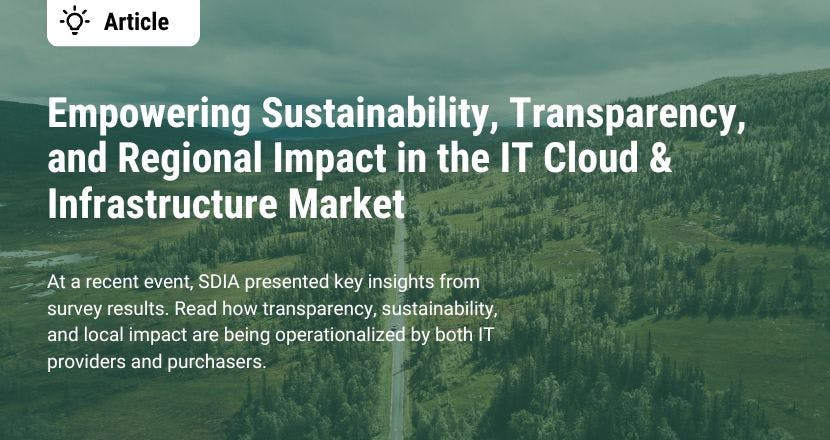Renewable power integration
Power Purchase Agreements (PPAs) are everywhere, and so is the talk about green electricity. However, on the physical integration of both renewables and digital infrastructure - there is a lot less progress. In 2022, we will continue to look at viable business models to remove the baseload demand from data centers (e.g. demanding 24/7 available power) - from moving the electrical and UPS infrastructure responsibility to a utility or third party, to unlocking the flexibility within the cooling system.
We will also look at the development of hydrogen hubs, especially within areas that have large clusters of data centers (FLAP-D) within urban environments; developing technical and financial models that are feasible and engaging with municipalities to invest.
Enhancing cooling systems and heat recovery
Every year the chatter around heat recovery is increasing. Now many regions are starting to demand it from data center operators. In Amsterdam and Frankfurt, operators have reacted with frustration, responding by offering the heat for free, but the challenge remains — who is going to take the heat?
In our discussions, we found a reliable price for heat, on the various temperature levels relevant for different off-takers (heating grid, greenhouse, etc.), and its reliability/availability (e.g. 99.999% available over the next 15 years), would simplify the investment into the necessary infrastructure - both from an energy and data center perspective. Developing this universal price list and blueprint for data centers is a priority in 2022.
Join our Steering Groups
Circular design
Another topic that has been thrown around significantly in 2021, but is lacking serious progress regarding its adoption, and implementation is circularity. How many assets within digital infrastructure are built using refurbished or re-used equipment? Within the IT hardware industry, actors such as SIMS or IT Renew are offering refurbished hardware, but not with the widespread adoption required to achieve a circular digital infrastructure.
As part of our presentation at the OCP Summit last year, we are already made our priority for 2022 clear: Tackling the business model of IT hardware in order to facilitate a circular approach of constant re-use and refurbishment — as both more sustainable and economical variants of doing business.
Zero pollution backup power and cooling systems
Do we still need 24/7 diesel backup power? Will lithium-based battery backup systems become economically viable? What about alternative e-fuels for diesel generators? These are the questions that have been on a lot of people’s minds in 2021. With generators accounting for the majority of direct pollution from digital infrastructure, it is something that will be addressed in 2022.
Within this activity, we will look at alternative fuels, hydrogen (of course), business models for short to medium battery backup solutions, and last but not least, the service-level agreements which are creating the need for always-on digital infrastructure; software may be eating the world, but it has not eaten the diesel generator (yet).
The future of Cloud
We have received numerous contributions and positive responses on our manifesto and efforts to create sustainable cloud ecosystems — a regional, sustainable alternative that builds on a new unbundled perspective to separate cloud services and cloud infrastructure. Or, as Jurg van Vliet put it last year, to separate the generation of primitive resources, compute, memory, storage, and networks from the actual software services.
Making IT-hardware generated resources a commodity, which can be easily consumed, accessed, traded, and optimized — creates an opportunity for the infrastructure actors (data centers, telco’s, etc.) to expand vertically and increase their margins, while reducing costs for the resource-consumers — software companies, developers, digital platforms, etc.
In 2022, you will see SDIA expand our activities in this arena, adding the standardization of IT hardware to our activities, and increased focus on the utilization rate of IT hardware worldwide. There are still a lot of idle servers around the world, resulting in electricity, and resources being wasted. Each of these servers is generating the same primitive resources; we simply can not access them, even though they are unused.
And last but not least: water
A simple one, but hotly debated last year, especially in the Netherlands, and the United States: Data center cooling systems using drinking water to increase efficiency in high-temperature periods of the year.
Do we really need to talk about this in 2022? It seems so. The answer is simple: Use non-drinking water, or rainwater, make it circular so that the water does not leave the system, and be done with it. Shouldn’t be hard? We will investigate what the barriers are to make change happen, and as always — work with our SDIA Community to remove them.
Join our Steering Groups

.jpg?ixlib=gatsbyFP&auto=compress%2Cformat&fit=max&rect=0%2C44%2C600%2C800&w=600&h=800)

.jpg?ixlib=gatsbyFP&auto=compress%2Cformat&fit=max&w=1800&h=600)


